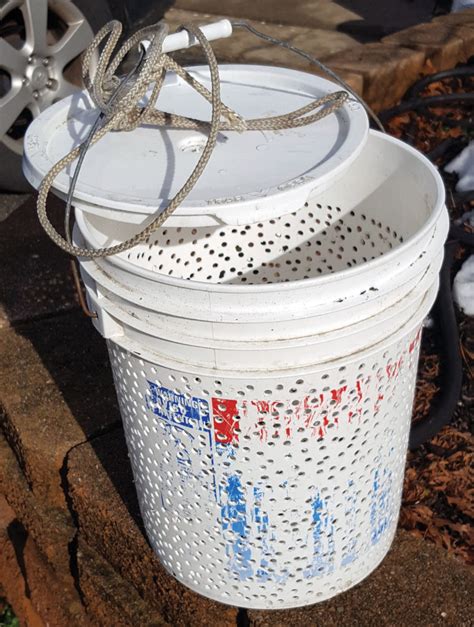Live Crab Storage: Tips for Maintaining Quality
Keeping live crabs vibrant and delicious requires careful attention to their needs. Improper storage can quickly lead to stressed, unhealthy crabs, resulting in a diminished culinary experience. This comprehensive guide explores the best practices for live crab storage, ensuring your crustacean companions remain lively and flavorful until you're ready to enjoy them.
How Long Can Live Crabs Stay Alive Out of Water?
This is a crucial question, and the answer depends on several factors including the species of crab, the ambient temperature, and the crab's overall health. Generally, crabs should not be kept out of water for more than a few hours. Their gills need moisture to breathe, and prolonged exposure to air will lead to dehydration and death. Cooler temperatures will slightly extend their survival time out of water, but it's always best to minimize their time on dry land.
What is the Best Way to Store Live Crabs?
The ideal storage method for live crabs involves keeping them in a cool, moist, and well-ventilated environment. Here's a breakdown of best practices:
Choosing the Right Container:
Select a container that is large enough for the crabs to move around slightly but not so large that they become easily lost or injured. A plastic crate or a well-ventilated container with holes for air circulation is ideal. Avoid using sealed containers which can quickly lead to suffocation.
Creating a Cool, Moist Environment:
- Temperature: The ideal temperature range for storing live crabs is between 33°F and 40°F (0.5°C and 4.4°C). A refrigerator is usually sufficient. Avoid freezing, as this will kill the crabs.
- Moisture: Maintain a slightly damp environment. You can achieve this by placing damp seaweed, newspaper, or a damp cloth (not soaking wet) at the bottom of the container. This will provide essential moisture for their gills without making the environment too soggy.
- Ventilation: Ensure adequate air circulation to prevent the buildup of carbon dioxide and ammonia, which can be fatal to crabs.
Handling Crabs Carefully:
Always handle crabs gently to avoid stressing them. Their shells are delicate, and rough handling can cause injury.
How to Store Live Crabs in a Refrigerator?
Refrigerator storage is the most common method for keeping live crabs for a short period. Place your crabs in a suitable container (as described above), ensuring there is adequate ventilation and a slightly damp environment. Check on them periodically to ensure they remain active and moist. Remember to keep them separate from other food items to avoid cross-contamination.
Can You Keep Live Crabs in an Ice Chest?
An ice chest can be a suitable alternative if you lack refrigerator access, particularly for short-term storage. However, monitoring the temperature closely is crucial. You'll need to use ice packs to maintain a cool temperature and ensure proper ventilation. Avoid direct contact between the ice and the crabs. This method is best for temporary storage during transport or in situations where refrigeration isn't available.
What Happens if Live Crabs are Stored Improperly?
Improper storage will lead to stressed and unhealthy crabs. Signs of stress include lethargy, loss of appetite, and changes in shell color. Eventually, this will result in death. Storing crabs at high temperatures or in poorly ventilated environments will accelerate deterioration. Dead or decomposing crabs are unsafe to consume.
How to Tell if a Live Crab is Still Alive?
Check for movement. A live crab will typically exhibit movement in its legs and claws. Observe its eyes and antennae; they should be responsive to stimuli. Avoid touching the crab to test its liveliness, as this may cause additional stress.
In conclusion, storing live crabs correctly is critical for maintaining their freshness and quality. By carefully controlling temperature, moisture, and ventilation, you can ensure that your crabs remain vibrant and delicious until you’re ready to prepare them. Remember to always prioritize gentle handling and regular checks to maintain their well-being.

